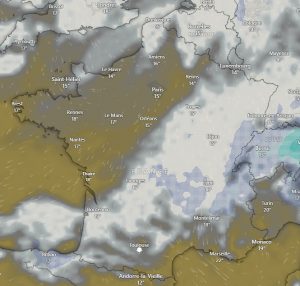
Paratyphoid is a bacterial disease of the pigeon that has been known for a very long time. It is an important disease and every year new cases occur. The bacterium responsible is a salmonella with the scientific name ‘Salmonella enterica subsp. Enterica serovar Typhimurium’.
Pigeons can get infected in the travel baskets and bring this pathogenic bacteria back to the loft. Immediately, you think that it is not normal for sick pigeons to be housed. The problem is complex because there are pigeons that are carriers of this bacterium and do not show any symptoms. These healthy carriers eliminate salmonella intermittently. Moreover, even after certain treatments, pigeons can remain asymptomatic carriers of salmonella and thus participate in the spread of this disease.
The bacterium can also be introduced into the pigeon loft when breeders buying pigeons with symptomless salmonella. The carrier pigeon will spread the salmonella through its droppings, which will contaminate drinking water and seeds: pigeons in the loft will gradually become infected.
Salmonella are tropism for the reproductive organs and are found in the testicles for male and in the ovary for female. At the colony level, infection is also transmitted through the egg. The egg can be infected either during it formation or when it passes through the cloaca. When an egg is infected with salmonella, there are two scenarios: either the embryo dies and « black » eggs are observed, or the squab is born infected and can survive but infect other youngsters after weaning. In other cases, the youngster will die suddenly between 10 and 14 days of age.
(To be continued)
Dr Jean Pierre Duchatel




